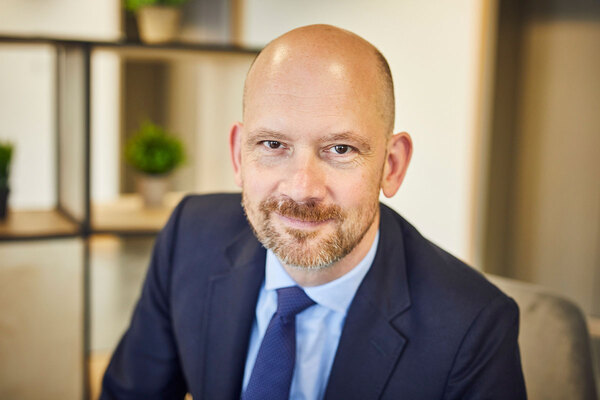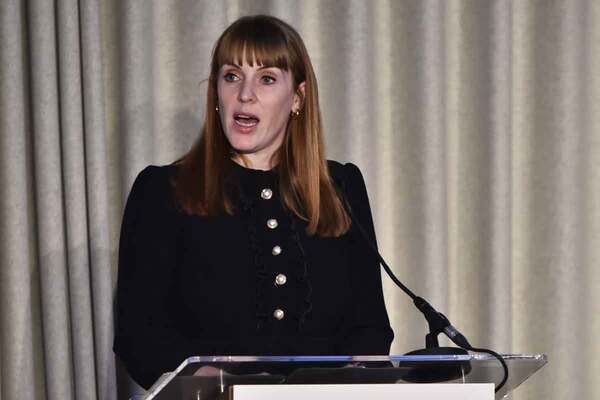House builders looking to set up their own for-profit providers
House builders are looking to set up their own for-profit registered providers, industry figures have told Inside Housing.

Developers are exploring entering the affordable housing sector as they struggle to find housing association partners for the Section 106 elements of their sites.
Creating for-profit registered providers would mean house builders own and manage the affordable housing on their schemes, allowing them to progress through the planning process. It also allows developers access to a growing pool of private capital that wants to enter the affordable housing market.
James Bailey, director and housing leader at PwC UK, said the large professional services firm was “seeing an increase in the number of house builders and developers looking to set up their own for-profit registered providers”.
Interest and appetite were “coming from all corners of the market”, he said, ranging from listed public limited companies to private regional small and medium-sized builders.
Mr Bailey explained that the reasons behind the trend “can vary, but typically include reduced opportunities for traditional registered providers, [which] are increasingly allocating resources to improving existing stock rather than developing new homes”.
“This means that house builders need to develop solutions, particularly if they’re to continue building out private stock,” he said.
In March, Fiona Fletcher-Smith, chief executive of L&Q, the London landlord, warned that housing associations could stop buying Section 106 homes altogether and that this pause in buying activity could hit volume house builders, which require a Section 106 element on their schemes to get planning permission.
Maggie Rafalowicz, a director at Campbell Tickell, the consultancy, also reported increased interest in setting up for-profits from developers struggling to find partners for the Section 106 elements of their developments.
Many traditional housing associations have reduced their new developments to focus on reinvestment in their existing stock.
“The larger associations, to the extent that they are still doing development, are preferring land-led schemes to Section 106, because they have greater control and access to grant,” she added.
This causes problems for local authorities in enabling the delivery of affordable homes and access to nominations, because it is slowing down scheme delivery.
Currently, around a third of for-profit registered providers are linked to developers and some are subsidiaries of substantial organisations, according to Ms Rafalowicz.
She added that developers were also trying to renegotiate the Section 106 requirements on existing planning permissions to deliver less social housing.
PwC’s Mr Bailey said another reason for developers exploring their own for-profits could be “the opportunities to partner with private capital, where we are seeing growing appetite from long-term institutional investors to access the affordable housing market”.
“Where house builders do have an in-house for-profit, they are able to present a fully integrated opportunity to investors, which can be attractive,” he said.
Having a registered provider also allows developers to directly access affordable housing grants and “be more creative in packaging together the capital required to deliver schemes and increase volumes”.
“Additional benefits in the form of accessing larger sites, enabling more joined-up placemaking and management across private and affordable development and being able to present a more holistic solution to local planning authorities are also supported.”
Social impact investor Civitas Investment Management registered its own for-profit provider, Quartz Housing, with the English regulator in February.
Andrew Dawber, founding partner of Civitas, said the company began investing in Section 106 homes in 2014, but “we see an increasing opportunity for long-term private capital to play an important role in the sector and this is set against a backdrop of the current challenges of the economic model, with increased costs of funding and inflated building and construction costs”.
Quartz is expected to bring on its first new build properties “very shortly” and will “then consider additional opportunities”, working with CK Asset Holdings, its joint-venture partner, he said.
Mr Dawber added: “More broadly, we share the ambition to increase the delivery of new homes in the UK and recognise that this will only be achieved by a plural approach that brings together large and smaller house builders with developing housing associations and the private sector investment community that is willing to invest for the long-term.”
Sign up for our development and finance newsletter
Already have an account? Click here to manage your newsletters











